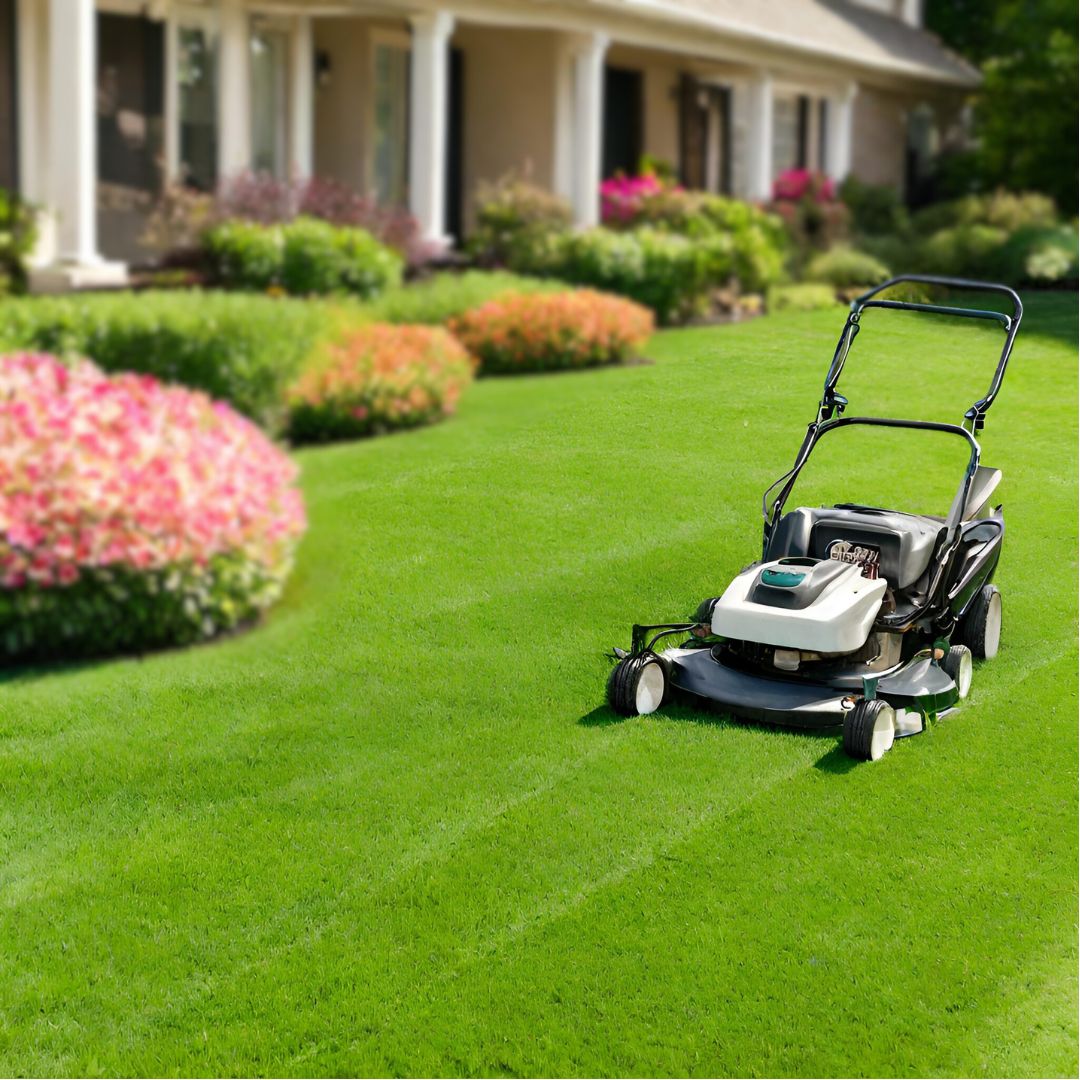Lawn mowing is not just a chore; it's an art form that requires precision, strategy, and a bit of creativity. Achieving that perfectly manicured lawn, the kind that makes passersby stop and admire, is all about mastering the right techniques, understanding the optimal timing, and utilizing your tools effectively. In this comprehensive guide, we'll explore the various mowing patterns that add character and depth to your lawn, the best times of day to mow for optimal health, and professional tips to ensure your lawn is the envy of the neighborhood.
Understanding Your Lawn
Before diving into mowing techniques, it's crucial to understand your lawn's specific needs. Different grass types, such as cool-season grasses like bluegrass and fescue or warm-season varieties like Bermuda and zoysia, have varied mowing requirements. Identifying your grass type is the first step toward tailored lawn care, ensuring that your mowing routine promotes healthy growth and resilience against pests and diseases.
Mowing Patterns for Success
Straight Lines: The quintessential pattern for a tidy, professional look. Begin by mowing the perimeter of your lawn to establish a boundary. Then, mow in straight, parallel lines across the yard, ensuring each pass slightly overlaps the last. This technique reduces missed spots and gives your lawn a uniform appearance.
Checkerboard: To achieve this visually striking pattern, start with the straight line method. Once completed, mow the lawn again at a 90-degree angle to your original lines. This double-cut method creates a checkerboard illusion, adding depth and interest to your lawn.
Circles and Curves: Ideal for adding a whimsical or soft touch to your landscape. Begin at the center of your lawn, or a significant feature like a garden bed, and mow in expanding circles or curves outward. This pattern can be challenging but results in a unique, flowing lawn that draws the eye.
Diagonal Lines: Similar to the straight line method but executed at a 45-degree angle to the edges of your lawn. Diagonal lines can make your lawn appear larger and add an elegant touch to the overall landscaping.
Optimal Mowing Timing
Best Time of Day: The ideal times for lawn mowing are early morning and late afternoon. These cooler parts of the day minimize stress on the grass, allowing it to recover more quickly from cutting. Additionally, mowing during these times helps conserve moisture in the soil and reduces the risk of fungal diseases.
Frequency: How often you should mow depends on your grass type and the season. A good rule of thumb is the “one-third” rule: never remove more than one-third of the grass blade length in a single mowing. This may require adjusting your mowing frequency as your lawn's growth rate changes with the weather.
Professional Mowing Tips
Maintaining Your Mower: A well-maintained mower is essential for a clean cut. Sharp blades cut the grass cleanly, while dull blades tear the grass, leading to a ragged appearance and increased susceptibility to diseases. Regularly check and sharpen your mower's blades, and perform routine maintenance as recommended by the manufacturer.
Height Adjustments: Adjusting the cutting height of your mower according to the season and grass type is crucial. Higher cuts in the heat of summer help protect the grass roots from scorching, while lower cuts in cooler seasons prevent matting and fungal growth.
Speed and Overlap: Mowing at a steady, moderate speed ensures an even cut, while overlapping each pass by about three inches prevents streaks and uncut patches.
Mulching vs. Bagging: Mulching your clippings returns essential nutrients to the soil and helps retain moisture. However, during periods of rapid growth or if the lawn is particularly long, bagging the clippings may be necessary to prevent clumps that can smother the grass.
Mastering the art of lawn mowing is about more than just keeping your grass at the right height. It's about understanding the needs of your lawn, using the right techniques to enhance its natural beauty, and maintaining your equipment to ensure the healthiest cut possible. By employing these strategies, you'll not only achieve that perfect cut every time but also promote a healthy, vibrant lawn that stands out in your neighborhood. Remember, the key to a beautiful lawn is patience, precision, and a little bit of creativity. Happy mowing!







